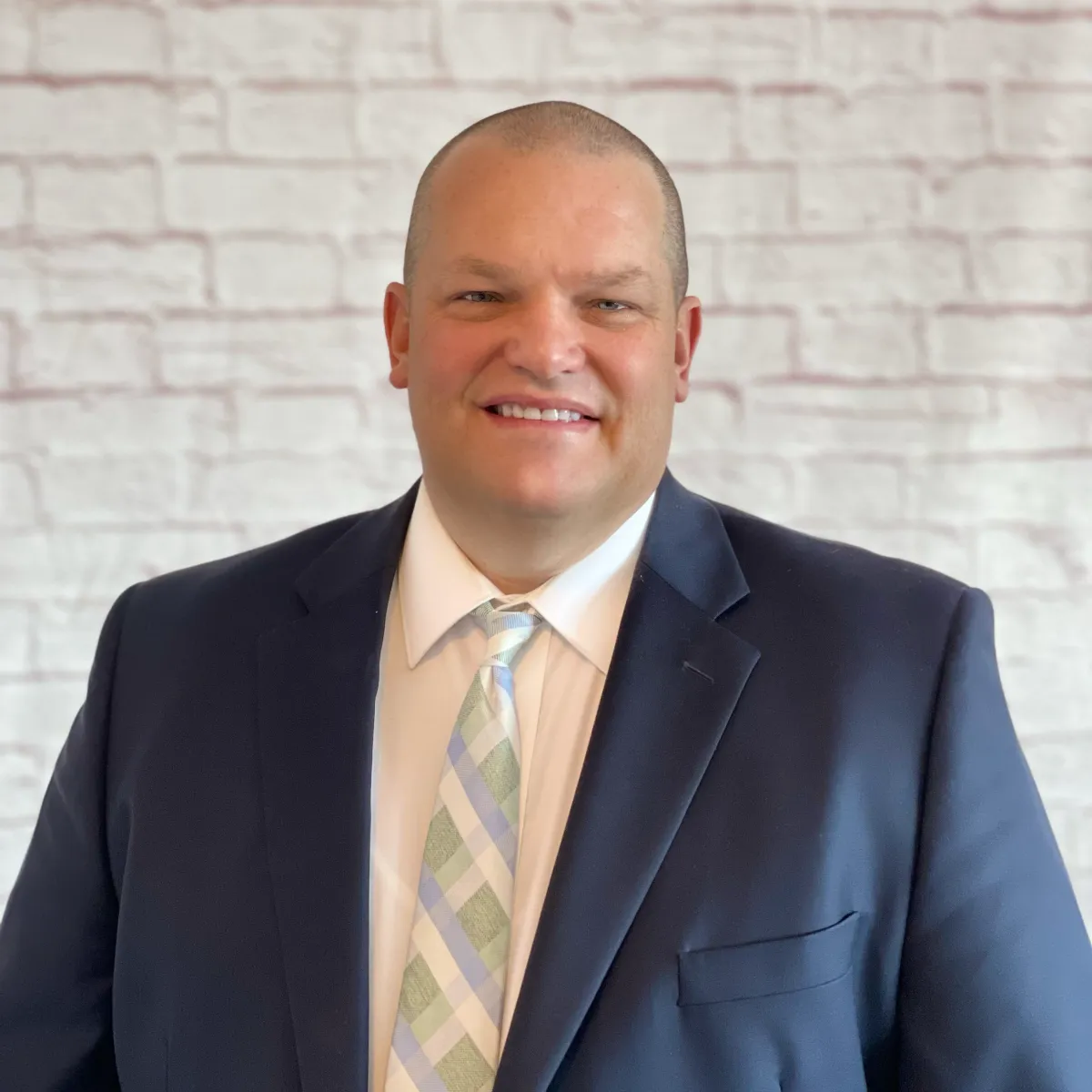Articles and Podcasts

Understanding the Walkability of Your Practice Location
Understanding Walkability for your Practice Location
This episode is about a rising trend in Healthcare Practice Locations. When I started Doctor Demographics, clients seemed obsessed with knowing the number of competing practices (and providers) in their neighborhood/ The demographic character of residents was not the important (according to them.) This has all changed, of course but as the costs of parking and site availability rose, another important factor emerged: Walkability. This term is growing in significance for several reasons. This episode will explain why you need to know your walkability score and what to do about it.
Watch the Podcast Video Here:
Listen to the Podcast Here:
Read the Transcript Here:
Scott McDonald: Now, this is a term that you're going to hear more about from health care demographers in the next few years. Walkability. Now, how does any practice site rate on the walkability scale? It measures how accessible a site is to pedestrians. Now, urban areas, it is becoming so prohibitively expensive to offer sufficient parking that having a site close to the population that you're wishing to serve is becoming increasingly important. And they call it walkability. Literally, it means how long does it take or how large a radius around the practice? Is the site walkable? There is. Well, a site I'll tell you about that is setting the standard in. A lot of people are thinking about doing this kind of thing. Walkability is desirable and will be more desirable from the point of a health care practice. Now, I will grant you that if you have to go into a practice for surgery, this is not practical. But if it comes to a veterinary practice, even geriatric Plaze cases many general dentists are finding this kind of location is highly, highly desirable. Now I'm mentioning it because I want you to consider how walkable your current location is, and if there might be a site nearby that would be better. From the walkability standpoint, you might consider it bike ability if you want to, but the virtues are basically the same. It is showing that the site is very close to a cluster of residences, to commercial outlets, retail, in other words, and employment.
Scott McDonald: Now it is not available everywhere. I recognize that. But increasingly, city planners are considering a good idea because it is so profitable for everyone involved. And that's why this is a good idea for you to at least think about. So let's talk about what it means. Walkability. Now, I became aware of one of the more modern new sites for health care practices from a place called The Point near Draper, Utah. It is the former site of the Utah State Prison near I-15. This planned community has several characteristics that are likely to be replicated often throughout the nation. Does it exist everywhere? It does not. Is it practical everywhere? It is certainly not. But if you want to find locations that are going to be, well, highly desirable, this sets a standard that I want you to at least think about. Now, why is walkability so popular and increasing in popularity? Now, according to Wikipedia, a suburb more broadly, a suburban area is an area within a metropolitan area which may include commercial and mixed use properties. That is primarily a residential area. A suburb can exist either as part of a larger city or urban area or as a separate political entity entirely. The name describes an area which is not as densely populated as, say, an inner city. Which have had mixed reviews of late, yet more densely populated than a rural area in the countryside. In many metropolitan areas, suburbs exist as a separate residential community within commuting distance of a city or, in other words, a bedroom suburb.
Scott McDonald: Now, this is what demographers are talking about these days, and I think it's something to you for you to think about. Now, you may say I hate suburbs. And I would completely agree. But if you're objective, a suburb is someplace that may appear on its surface as boring, but they tend to be safe. And some people say they lack color and variety. Now, I will say a good suburb is guilty of that. If you want to make money, however, in a health care practice, you must focus your efforts around or near a thriving suburb, and that area will have good walkability. If you want to make money in a health care practice, finding a place that people consider more convenient than driving is a benefit to them. Now, remember, parking lots. Parking facilities are rising in price. They're very expensive, and a lot of people want to have a practice and not have to commit to these high expense locations. There are only a few places in the United States that are growing right now, but the places that have good walkability definitely are thriving. Demographers know commutes to rural and urban sites are really losers. They take time and they take money. And transportation costs are killing them. Crime is killing them. Competition is killing them. So I mention this as something to think about, something to chew on in your mind to decide whether this is a good option for you.
Scott McDonald: Now, costs and risks are rising in all urban areas throughout the United States. And in fact, many demographers are saying that they're pricing pricing themselves out of the market. If your practice is in an urban area and rather lack the locked in alternative locations like these, might be a good option for you. Reality says that your patient footprint, in other words, how far your patient base will have to travel to your office or offices may be limiting your production potential. This is a way to kind of spark the practice and make it more profitable. Now, keep in mind that this is an important metric in the practice value. So if you can say your practice has good walkability, a lot of people will be interested in buying it or considering locating near it. Every year, your overhead will rise. That's a fact. Every year, your quality of life will rise if you have good walkability. And it makes the people who work in your practice happier because it's safer, quicker and more desirable a place to be. Patients will be happier. And here's a secret about this idea of not having a really tightly packed place for you to put your practice. You have room for expansion and the value of the practice will increase. So I want you to think about this not just for today, but for the future of your practice. Walkability gives you options in the future.
Scott McDonald: Because of this little wiggle room that you'll have. So I want you to think about it. We are not there yet. And I say this because of the options or the dangers of urban areas and even some suburban areas. So let me tell you what I mean. The limits of time and distance costs have not severely influence the cost of fuel or by the cost of fuel yet. But it may. So in other words, the cost of driving to your site or taking a train or other other services and parking. Is making it more and more expensive to go into an area that is densely populated or has a significant population of businesses. But it is certainly possible and this can change in short order as many communities are penalizing densely populated sites. And they're doing that through taxes and through the limiting of where people can park relative to the practice location. One more reason to think about this. Having an office that is close to the patient location may be remarkably prudent. A walkability study would be helpful to know your core patient base. So in other words, it's possible for doctor demographics to take where you are right now, figure where your patients are coming from, and then calculate how long it takes to travel from one point to another to see if this is an option for you or if the location that you're considering will have a good walkability ratio.
Scott McDonald: It makes sense that your office can readily communicate via email. It would be wise because government regulations on communications has already occurred. Put it under emergency preparedness. If you can get messages to your patients, talk about why coming into the office now would be helpful to them and to you. It will make more sense as you consider the distance to travel, to their work, to their shopping and to their homes. Walkability is really about your options. If you need to build, you need to expand. You need to contract a place that is thought through the ideas of energy prices in the overhead that is that you incur with parking is a good idea. Now, in some states, walkability locations are disappearing quickly in urban California, New York State, parts of Virginia. You just can't find a site that has good walkability. It adds to the quality of life. And that's why these locations are at a premium right now. You are looking for a place that doesn't have huge population density but is a moderate population density, but also has more heft than a rural site. We can describe the locations that are surrounding your current site or other locations you're considering that would have good walkability. City planners must be on board if it for it to work. And I'm saying that because there are lots of places throughout the United States that want to have more business like professional practices move in. You give it to them to say, Prove to me this is a good, walkable site.
Scott McDonald:But city planners can completely screw this whole thing up if they're cramming too many developments into a limit location. So I ask you the question, is there a master plan for the community? Because in almost every time they're going to talk about walkability and population density, which translates into the quality of life. Limited commercial and retail plans must be included for necessary infrastructure, including roads and schools, not just a plan to grow places for people to live. Walkability sites require balance of use, retail, commercial employment centers as well as different housing types. Multi. Family dwellings or developments are good, but if they are allowed to run their course, commercial and residential developers can absolutely screw this up. No walkable communities exist alone. So here's the thing. It is one artifact of a location. You're considering putting a practice there, a part of a regional concept plan. But they can be overwhelmed if developers get greedy or don't have the laws which will regulate how many people you can have there. Now, this is a problem that going on in California that I know of personally. People thought, Oh, we can put lots and lots of people here and they have passed laws in California where a single family lot can be divided up into four residences. Well, that makes the area so densely populated that it takes the advantage of a walkable site away.
Our Leadership

Scott McDonald
"Demographics is more than just facts and figures. It is the foundational story in which we develop the right strategy and plan to create successful practices over the long-term. Markets change, economies fluctuate, and internal goals differ. Our goal at Doctor Demographics is to provide you with not just the data, but experienced analysis to help you create the practice you've always dreamed of having."
Scott McDonald
Founder - Doctor Demographics

Mike Green
"Mike Green is a seasoned healthcare strategist with over 30 years of experience specializing in practice placement/promotion strategies, demographics, and psychographics. He empowers doctors and healthcare entrepreneurs to build thriving, patient-centered practices through data-driven strategies. Having conducted over 10,000 market studies over the. years, Micheal transforms insights into actionable plans, helping practice owners establish and scale their practices across the United States and beyond. His proven approach ensures practices not only compete but excel in their communities. Micheal’s expertise delivers sustainable success for new and established practices alike. "
Mike Green
Owner - Doctor Demographics



Facebook
Instagram
X
LinkedIn
Youtube
TikTok